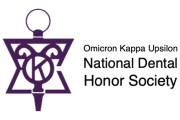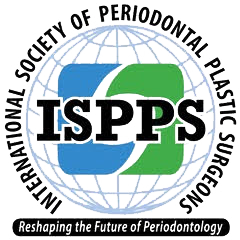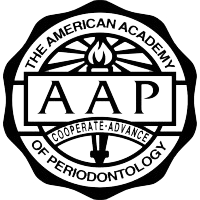Discover the Comfort of IV Sedation Maring Surgical Oral Surgery
At Maring Surgical Oral Surgery and Dental Implant Center, located in downtown Seattle, WA, we recognize that dental anxiety is a significant concern for many patients. To help alleviate this anxiety, we offer sedation dentistry, a safe and effective method for enhancing comfort during dental procedures. IV sedation allows patients to undergo surgery in a relaxed state while still being responsive to commands.
If you’ve been avoiding necessary dental work due to severe dental anxiety, contact our Seattle dental office at 206-343-7500, and discover how we can transform your experience into one that is calm and reassuring.
Our Comprehensive Care Approach
Maring Surgical Oral Surgery takes pride in offering a comprehensive care model that features our highly qualified surgical team. Dr. Thomas Maring is a board-certified oral and maxillofacial surgeon who has honed his skills over decades. Together with Dr. Susan Maring, a dedicated periodontist, they provide a collaborative approach to your dental implant and oral surgery care.
This practice model enables every patient to receive integrated care that combines expertise from different dental specialties in one location. Our goal is to make your experience as smooth and comfortable as possible, combining state-of-the-art technology with genuine compassion and understanding of your treatment needs.
What is IV Dental Sedation?
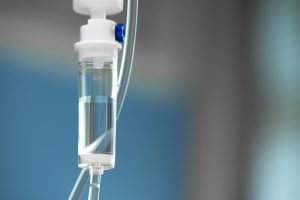 IV sedation dentistry refers to the administration of sedative medications directly into the bloodstream via an intravenous line. This method leads patients into a state of relaxation and calmness, making it an excellent choice for those facing longer or more complex dental treatments. Unlike general anesthesia, which results in complete unconsciousness, IV sedation allows patients to remain conscious and responsive in the dental chair while minimizing discomfort and anxiety.
IV sedation dentistry refers to the administration of sedative medications directly into the bloodstream via an intravenous line. This method leads patients into a state of relaxation and calmness, making it an excellent choice for those facing longer or more complex dental treatments. Unlike general anesthesia, which results in complete unconsciousness, IV sedation allows patients to remain conscious and responsive in the dental chair while minimizing discomfort and anxiety.
During IV sedation, a qualified dental professional will administer the appropriate sedative medication based on your individual needs. Many patients appreciate the ability to communicate with their dentist while experiencing a profound sense of relaxation.
The Intravenous Sedation Process
When you decide to undergo treatment at our clinic, your journey begins with a thorough consultation.
- Consultation: During this visit, our dental team will review your medical history and discuss any concerns you might have about your procedure.
- Preparation: Before your treatment, we will provide specific instructions regarding medications, diet, and what to expect on the day of the procedure.
- Administration: On the day of your appointment, a qualified professional will insert an IV in your arm or hand. Sedative medications will then be administered through the IV, inducing a relaxed state within minutes.
- Monitoring: Throughout the procedure, we continuously monitor your vital signs and sedation levels, allowing us to adjust the dosage as needed for optimal comfort.
- Recovery: After your procedure, you will gradually awaken from the sedated state. Although some drowsiness may linger for several hours, most patients can resume normal activities that same day, with an adult driver to ensure safety during your return home.
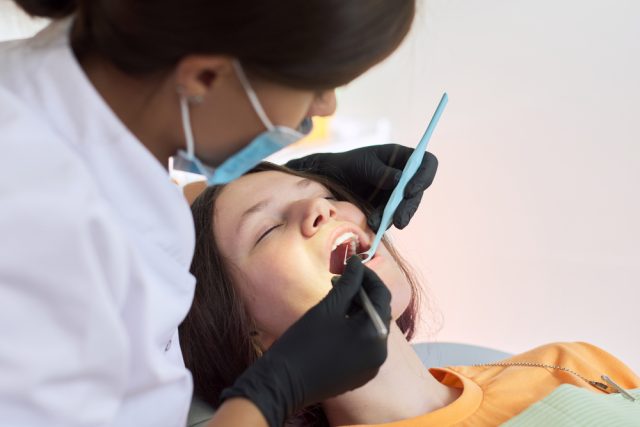
Benefits of IV Sedation Dentistry
IV sedation is not just helpful; it comes with substantial benefits that can facilitate a more pleasant dental experience:
- Rapid Onset of Sedation: You’ll begin to feel relaxed within minutes of administration. This quick onset minimizes the anxiety often accompanied by dental procedures.
- Adjustable Dosage: The dentist can adjust the levels of sedation as needed throughout the treatment, ensuring ongoing comfort and relaxation.
- Amnesia Effect: Many patients report having little to no memory of the procedure, which can be especially helpful for those with a fear of dental treatments.
- Improved Comfort: Patients remain calm and relaxed during their procedure, which allows our dental team to work more efficiently and comfortably.
- Safety: IV sedation is generally considered safe, especially when administered by skilled professionals who monitor your vital signs.
Comparing IV Sedation with General Anesthesia
While IV sedation and general anesthesia may seem similar, they are markedly different in terms of administration, depth of sedation, and patient experience.
 Sedation Level: General anesthesia results in complete unconsciousness, making it suitable for highly invasive procedures. In contrast, IV sedation maintains the patient in a conscious but relaxed state throughout treatment.
Sedation Level: General anesthesia results in complete unconsciousness, making it suitable for highly invasive procedures. In contrast, IV sedation maintains the patient in a conscious but relaxed state throughout treatment.- Uses: General anesthesia is typically reserved for extensive surgeries, such as complex jaw operations or surgeries involving vital organs, where it’s essential for the patient to be fully unconscious. IV sedation, on the other hand, is ideal for outpatient procedures, including dental implants, where patients can benefit from a relaxed state.
- Recovery: Patients usually experience quicker recovery times with IV sedation compared to general anesthesia. While general anesthesia may involve a considerable recovery period, including waking up from a deep state of unconsciousness, IV sedation allows patients to return home much sooner, typically within a few hours post-treatment.
Real-World Applications of IV Sedation in Dentistry
At Maring Surgical, we regularly use IV sedation for various procedures to help put patients at ease. Here are some common applications of IV sedation:
- Dental Implants: When placing dental implants, multiple steps are necessary, which can be stressful for patients. IV sedation allows for the entire process to be completed smoothly and comfortably.
- Wisdom Tooth Removal: The removal of wisdom teeth can be a daunting task without proper sedation. IV sedation ensures that patients remain relaxed during the procedure.
- Full Mouth Rehabilitation: For patients requiring extensive dental work, IV sedation can allow several procedures to be performed in a single visit, reducing the need for multiple appointments.





